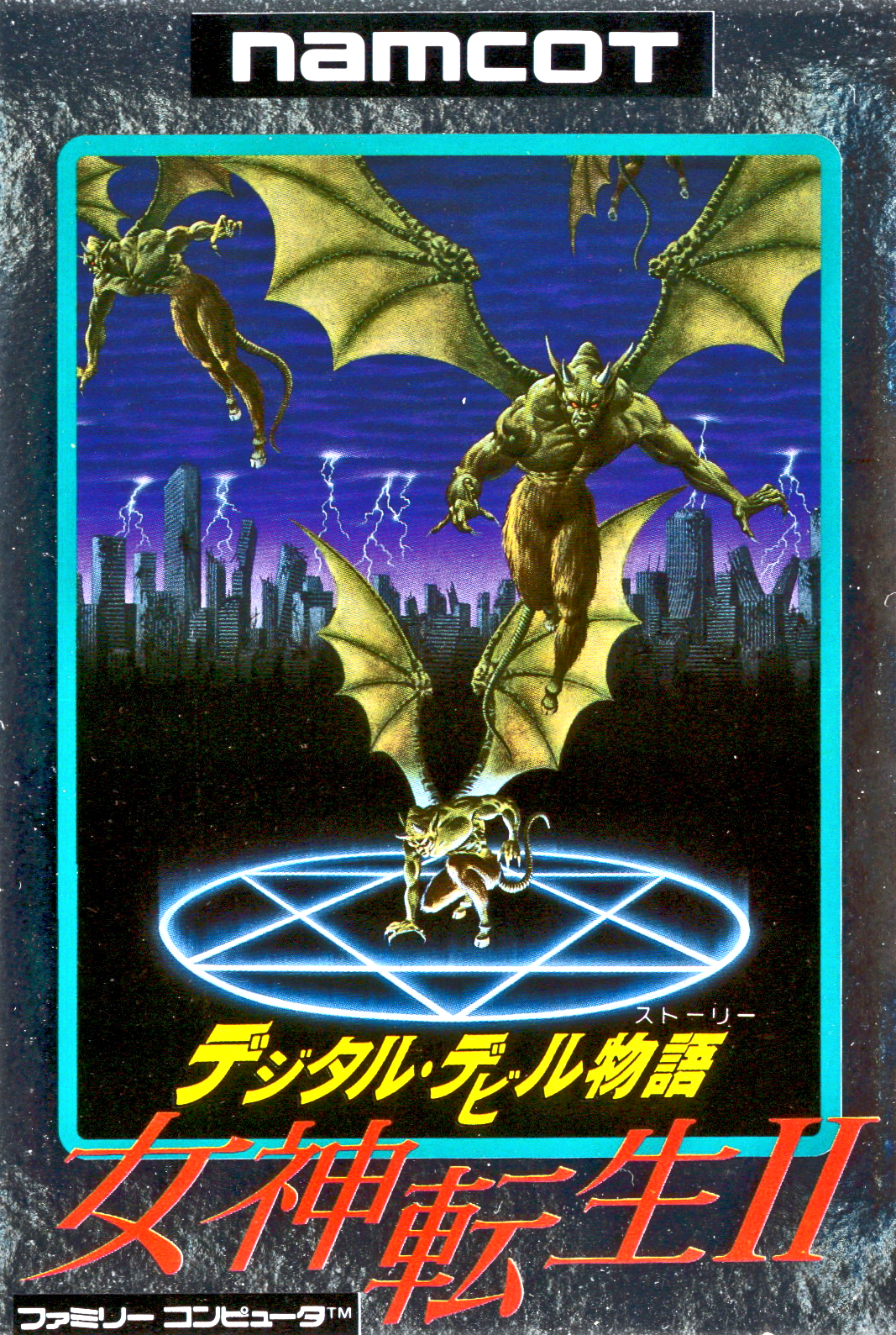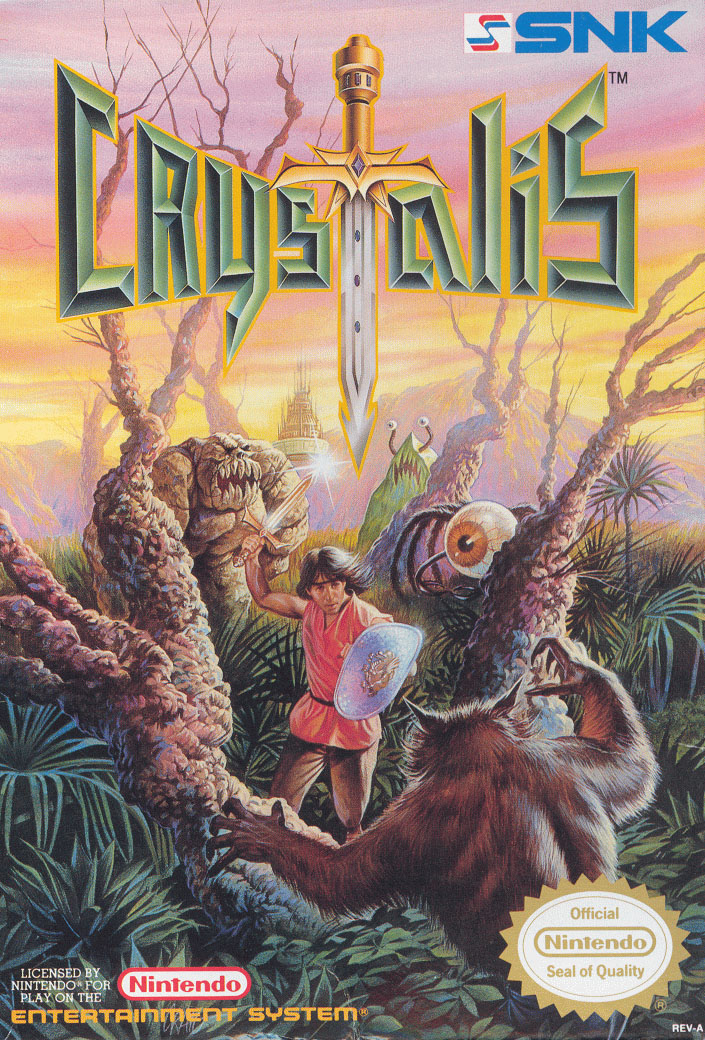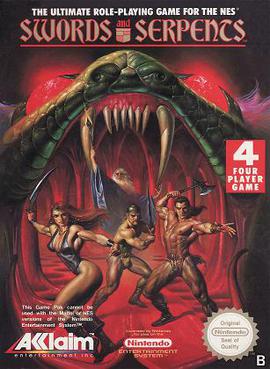Game No. 9

Title: Faxanadu
Developer: Hudson Soft
Platform: Famicom / NES
Release Date: November 17, 1987 (Japan)
Comment: A spin-off title to the Dragon Slayer series, a computer role-playing game franchise from Nihon Falcom, Faxanadu is an action role-playing game whose plot apparently takes place at the same time as Dragon Slayer II: Xanadu.
You play as a nameless Elven wanderer who returns to his hometown of Eolis to find it in disrepair, virtually abandoned, and under attack by Dwarves. To make matters worse, the town's source of fresh water has run dry for reasons unknown. Therefore, the Elven king has given the wanderer a sum of gold and assigned him with uncovering the cause of the troubles that have befallen Eolis.
Viewed from a side-scrolling perspective, the player explores the world in a mostly linear fashion whilst fighting monsters in real-time battles and visiting towns where one can buy new weapons, armour, and assorted items as well as talk to NPCs in order to receive clues on what to do next. At certain points throughout the game the player also acquire new spells, all of which are reportedly projectile based. By battling monsters the player gains experience points, gold and various items. Having gained enough experience points, the player can visit churches where a guru will bestow them with a higher rank, which will allow them to equip new gear. Since this game's save system is password based, higher ranks will also determine the amount of gold a player will possess upon resuming a game. The game also feature life and magic meters, which display the player's remaining health and magic respectively, but these are seemingly unaffected by how much one level up. Of further interest might be that this title was apparently an early example of a game in which the player character's appearance changed according to what gear one was currently wearing.
I haven't been able to locate sales figures for the original release of this title, and reviews I've found are exclusively retrospective. Overall, critical reception in more recent times appears generally favourable. While critics have praised the game for its soundtrack (composed by Jun Chikuma) and the mixture of role-playing and platforming elements, the linear level design and comparatively simplistic character progression system have repeatedly been pointed to as factors that decrease replay value. Nevertheless, the game is said to feature one of the better language translations to English among these types of games for the NES.

Title: Faxanadu
Developer: Hudson Soft
Platform: Famicom / NES
Release Date: November 17, 1987 (Japan)
Comment: A spin-off title to the Dragon Slayer series, a computer role-playing game franchise from Nihon Falcom, Faxanadu is an action role-playing game whose plot apparently takes place at the same time as Dragon Slayer II: Xanadu.
You play as a nameless Elven wanderer who returns to his hometown of Eolis to find it in disrepair, virtually abandoned, and under attack by Dwarves. To make matters worse, the town's source of fresh water has run dry for reasons unknown. Therefore, the Elven king has given the wanderer a sum of gold and assigned him with uncovering the cause of the troubles that have befallen Eolis.
Viewed from a side-scrolling perspective, the player explores the world in a mostly linear fashion whilst fighting monsters in real-time battles and visiting towns where one can buy new weapons, armour, and assorted items as well as talk to NPCs in order to receive clues on what to do next. At certain points throughout the game the player also acquire new spells, all of which are reportedly projectile based. By battling monsters the player gains experience points, gold and various items. Having gained enough experience points, the player can visit churches where a guru will bestow them with a higher rank, which will allow them to equip new gear. Since this game's save system is password based, higher ranks will also determine the amount of gold a player will possess upon resuming a game. The game also feature life and magic meters, which display the player's remaining health and magic respectively, but these are seemingly unaffected by how much one level up. Of further interest might be that this title was apparently an early example of a game in which the player character's appearance changed according to what gear one was currently wearing.
I haven't been able to locate sales figures for the original release of this title, and reviews I've found are exclusively retrospective. Overall, critical reception in more recent times appears generally favourable. While critics have praised the game for its soundtrack (composed by Jun Chikuma) and the mixture of role-playing and platforming elements, the linear level design and comparatively simplistic character progression system have repeatedly been pointed to as factors that decrease replay value. Nevertheless, the game is said to feature one of the better language translations to English among these types of games for the NES.

















